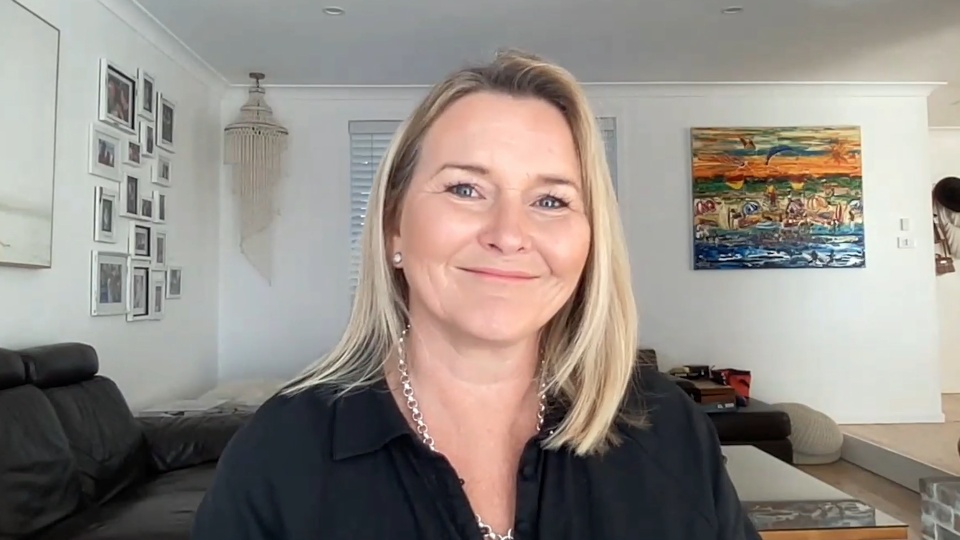Beware red October
Published in the Adelaide Advertiser, October 2009 by Karina Barrymore
The share market roared back to life in September, notching up its best run in two decades, property prices rose just as rapidly and even the Aussie dollar broke new ground.
But beware October, the traditional month for price plunges and poor market performance is here.
The Australian share market has notched up its strongest quarterly performance since the 1980s with a 20 per cent jump in the All Ordinaries Index in the past three months to September.
The upward move provides a welcome respite not only for direct share investors but also the millions of superannuation accounts that are routinely invested in shares.
Australia's better than expected economic resilience has been a major force behind the bounce.
Companies and businesses are becoming more confident and not as many people are being laid off as feared.
Consumers, too, have played their part and retail spending has been strong - also helping companies to keep their staff on deck.
And just as a final confirmation, the heart-song of Australian investment - property - has regained a lot of ground and prices are reaching new highs in some areas. With September behind us, however, investors may be heading into a rocky "Red October".
Just to reinforce the point, a fall in the U.S. markets on October 1 has been quickly followed by a downturn on our local share market yesterday.
But is October a victim of bad publicity or is there a reason for its reputation?
"Over the last few decades, the Australian share market has had some horrendous Octobers, with large falls in 1987, on Black Monday, in 1997 as a result of the Asian financial crisis and, of course, last year when the All Ordinaries fell 15 per cent," Australian Stock Report researcher Steven Dooley said.
"October might be infamous as the worst month for the sharemarket but, like so much assumed knowledge about financial markets, fear of October seems based on mythology as much as fact." he said.
Aside from the high-profile crashes, October has also gained its bad reputation from several routine timing issues. “There are a number of reasons, including the news vacuum that follows end-of financial year results, fiscal year-end tax-loss selling in the United States and, of course, the famous October nerves," Mr Dooley said.
"Markets are not static. They are made of people and these people do everything they can to ensure they are making money.
"There's plenty of anecdotal evidence that investor’s look to reduce their holdings in the lead-up to October, rather than October itself." he said.
Statistically, however, October's average losses during the past 20 years have been larger than other months but the same is true when October has a good month.
"You can't count on October to be negative but you can count on it to be volatile," Mr
Dooley said.
Wealth Within founder Dale Gillham is also sceptical about October always being bad.
Despite a strong finish, the second half of September was already starting to show a slowdown, he said.
"The rise happened in the first two weeks and it was very indecisive in the second half of the month, even looking like it was tipping over and that's what were getting now," Mr Gillham said.
"I think we're going to have 1-2 weeks down into October with at least a 5 per cent fall which will give us a target of about 4500 points.
"Then we'll rise up by the end of October to the 4800-point level.
"There will be a short sharp fall for one to two weeks and then rise up again for the rest of October. I would expect the market to close higher than it opened," he said.
According to Australian Stock Report research, the best months for positive returns on the Australian share market have been December, January and April.
Back to Articles

